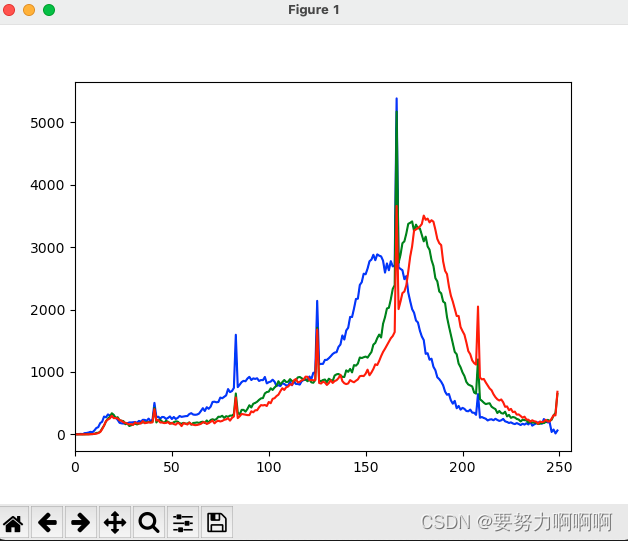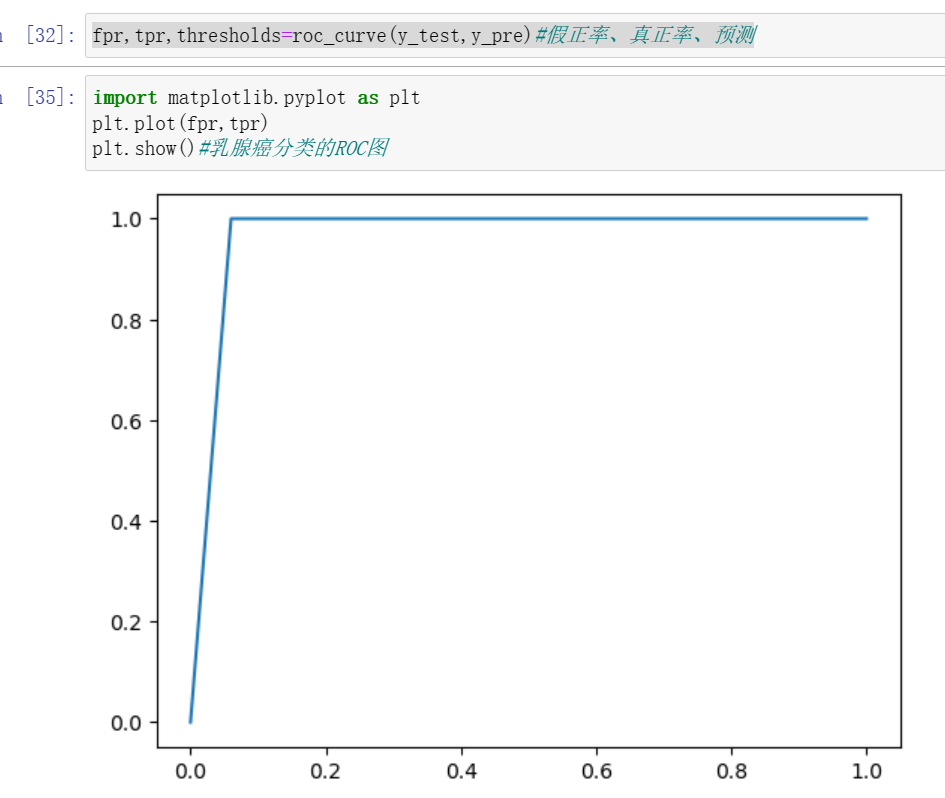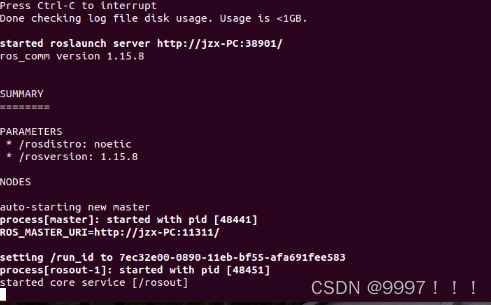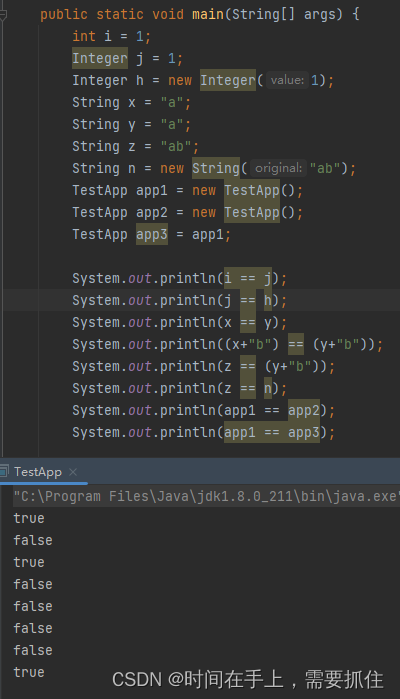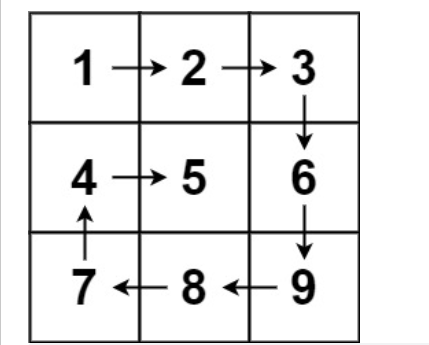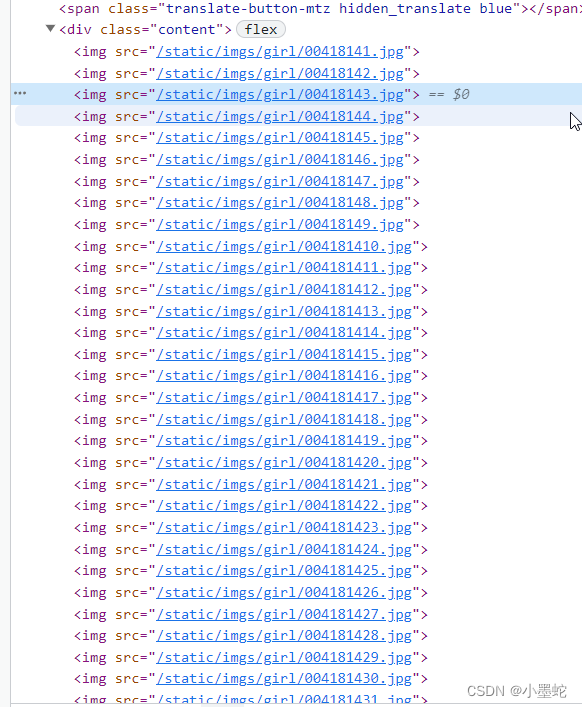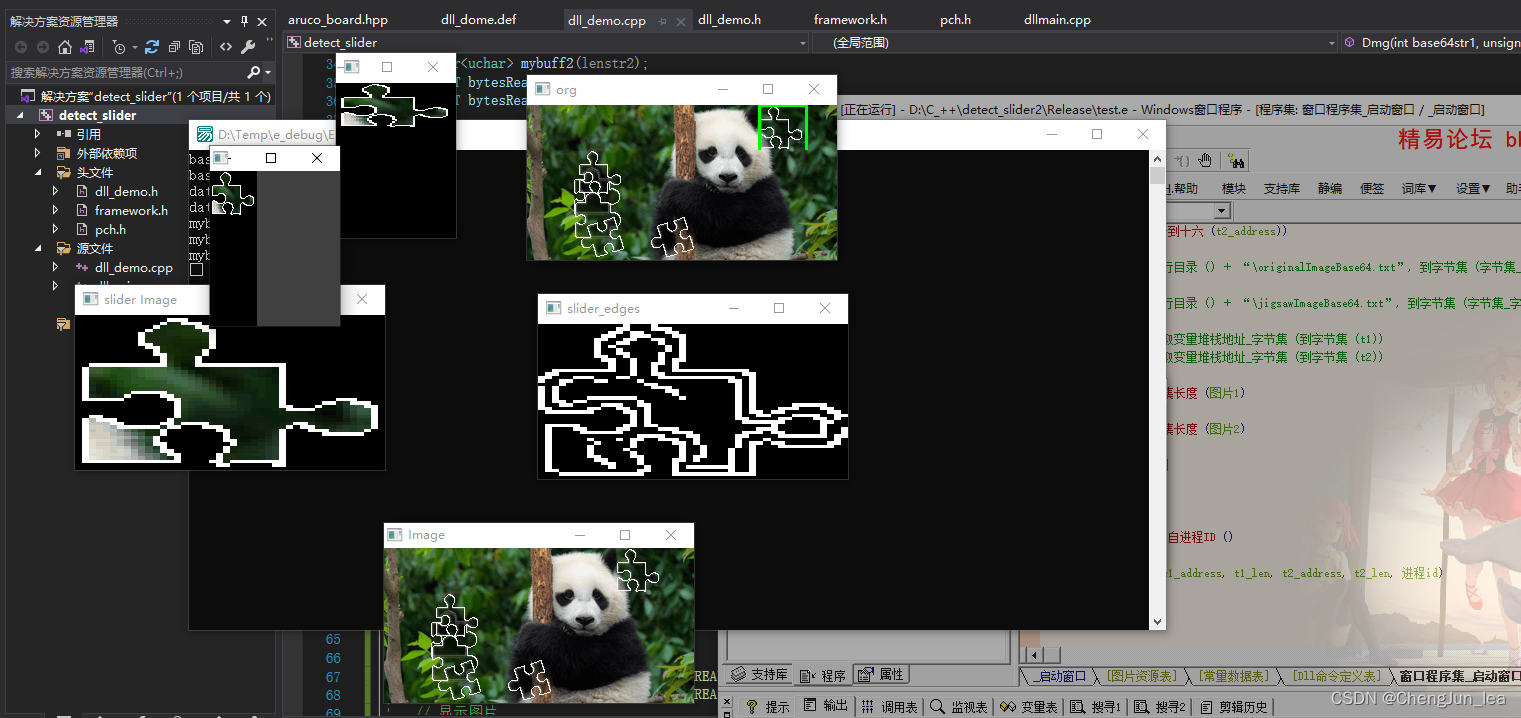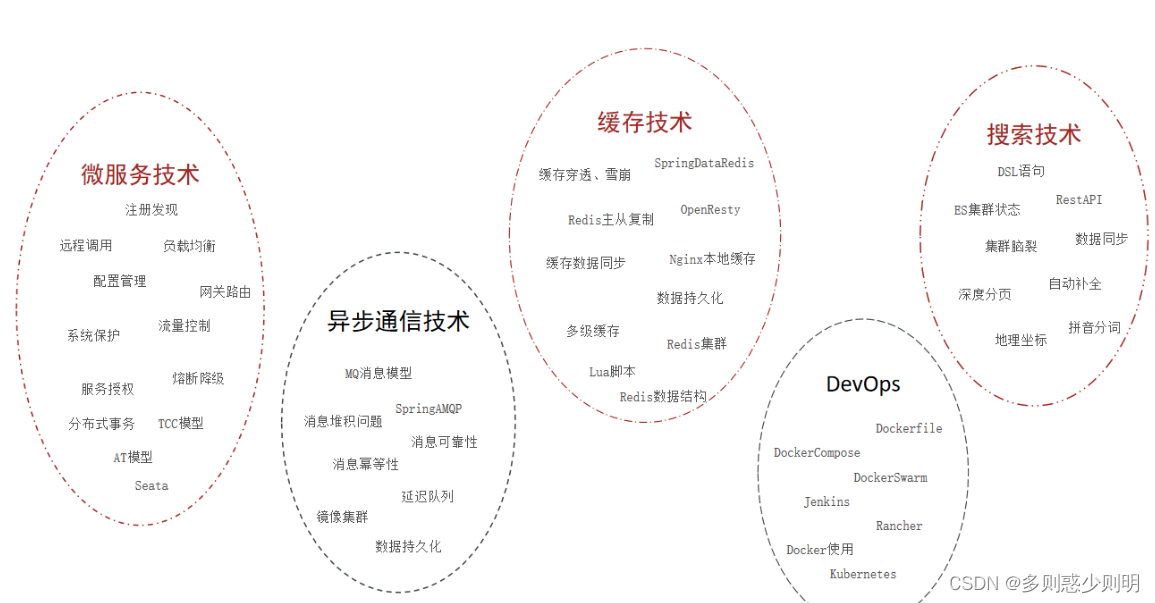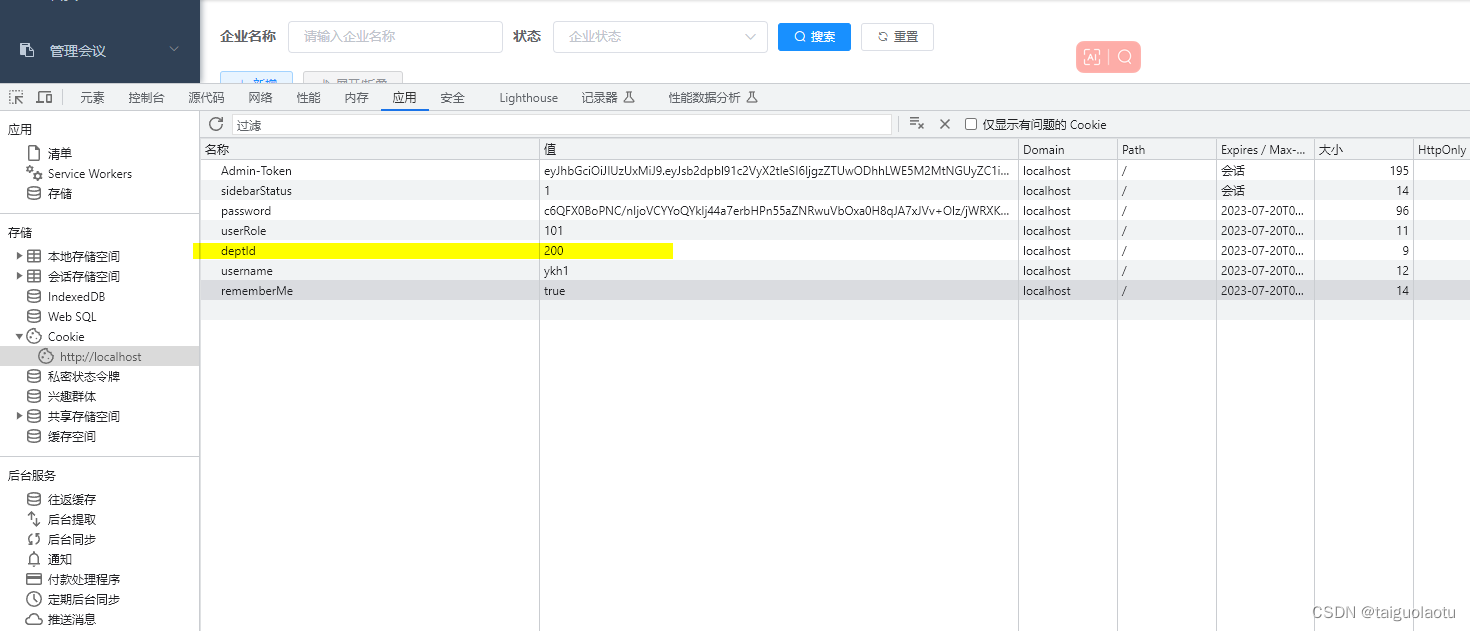1.bitwise_and和mask操作
bitwise_and该函数是一个and操作当两者全为1的时候才会为1,有0则0.
import cv2
import numpy as np
import matplotlib.pyplot as plt
def cv_show(name,img):
cv2.imshow(name,img)
cv2.waitKey()
cv2.destroyAllWindows()
maskmask = np.zeros(img.shape[:2],np.uint8)
print(maskmask.shape)
print(img.shape[:2])
maskmask[100:300,100:400] = 255#中间区域设置为全白色
cv_show('mask',maskmask)
img = cv2.imread('cat.jpg',0)#读成灰色图片
cv_show('img',img)
masked_img = cv2.bitwise_and(img,img,mask=maskmask)
cv_show('masked_img',masked_img)

2.直方图操作
import cv2
import numpy as np
import matplotlib.pyplot as plt
def cv_show(name,img):
cv2.imshow(name,img)
cv2.waitKey()
cv2.destroyAllWindows()
img = cv2.imread('cat.jpg',0)#0表示灰度图
#分别代表的是:图像,灰度图,设置None,高度为56,宽度为0-256
hist = cv2.calcHist([img],[0],None,[256],[0,256])
plt.hist(img.ravel(),256)#统计次数使用的
plt.show()
img = cv2.imread('cat.jpg')
color = ('b','g','r')
for i,col in enumerate(color):
histr = cv2.calcHist([img],[i],None,[250],[0,256])
plt.plot(histr,color = col)
plt.xlim([0,256])
plt.show()
对应的是直方图横坐标代表的是0-256.纵坐标代表的是出现的次数。
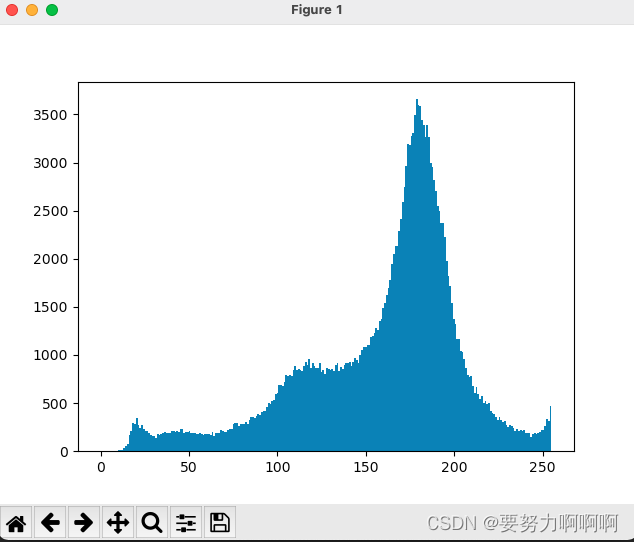
三种颜色分别代表的是RGB三种通道上的信息
